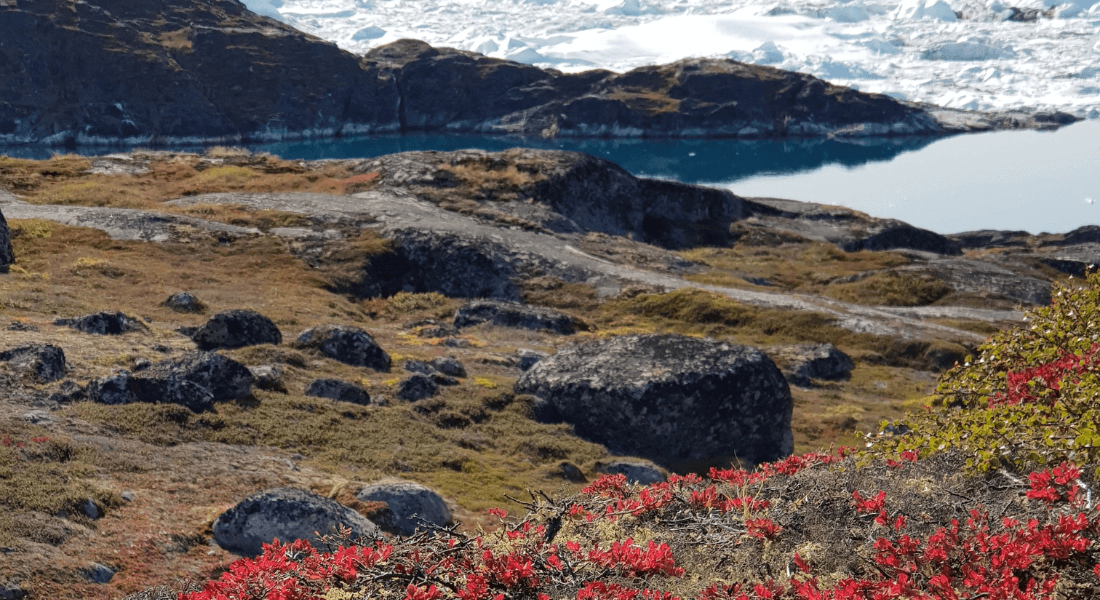Decades-long international study reveals the complexity in Arctic ecosystem response to climate change
Despite Arctic ecosystems experiencing warming four times faster than the global average, little was known about the specific changes that occur in species diversity.

A new study published in Nature by an international team of researchers lead by Dr. Mariana García Criado offers new insights into how Arctic plant communities are responding to rapid climate change.
Decades of Data Across the Arctic
The study, which used a compilation of over 42,000 plant species records and tracked more than 2,000 plant communities over four decades, found unexpected changes in species richness and composition. Rather than displaying a clear trend in biodiversity loss or gain, the study found that the number of plant species in most areas and on a larger-scale have remained relatively stable. Regardless, plant communities are experiencing significant shifts in species composition.
Change Driven by Warming and Shrubification
The study identified two key forces behind shifts in Arctic plant diversity: warming temperatures and shrubification. The spread of woody vegetation across the tundra leads to plant-plant competition, where plots with increasing shrub cover tend to lose species, while sites with more herbaceous plants see gains. This change can be attributed to the aboveground competition for light.
No Signs of Homogenization
Despite widespread changes, the researchers found no evidence that plant communities are becoming more similar across the Arctic. Instead, they are diverging, each following its own path depending on local conditions. This species reshuffling suggests important consequences for the wider Arctic food web, impacting ecosystem function, wildlife habitats, and the human communities that depend on tundra ecosystems.
The Role of VOLT in the Study
Over the years, VOLT researchers have accumulated valuable background datasets during the many volatile experiments and measurements across different locations. This information includes analyses of species composition, to give context for the detected volatile compounds. We have contributed all such relevant collected data to the large dataset behind this new article, with the combined dataset providing a base for a stronger study on large-scale plant diversity patterns. “The consistent collection and sharing of field-data allowed for new and unexpected findings, showing the value of long-term in situ ecological monitoring” says VOLT center director Riikka Rinnan.
